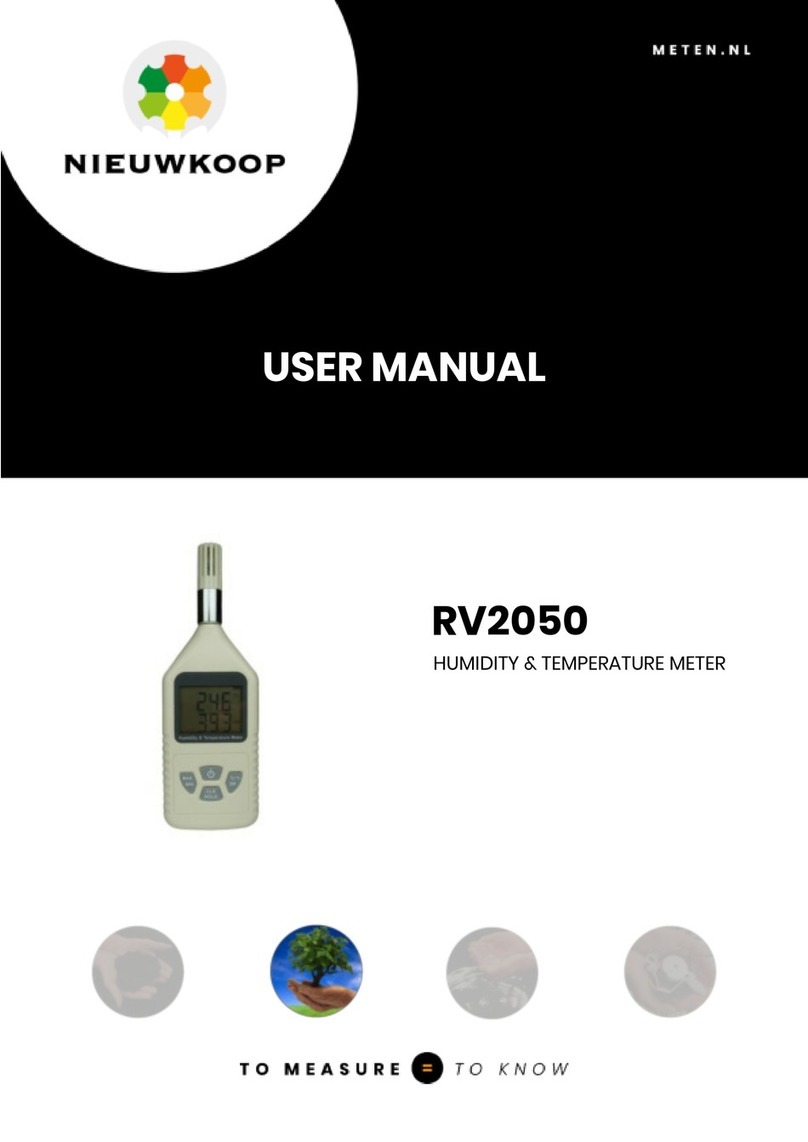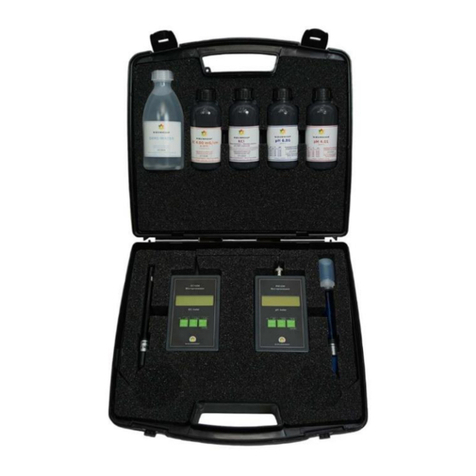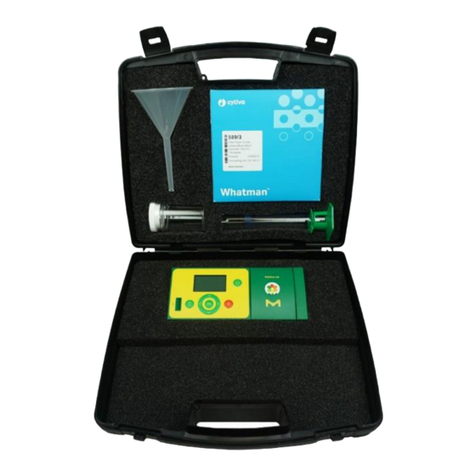TP1200
INFRARED TEMPERATURE METER, -50…+800°C
_____________________________________________________________________________________________
2
INDEX
1 INTRODUCTION.............................................................................................................................................................................................................................3
2 SAFETY INSTRUCTIONS.............................................................................................................................. 3
3 SUPPLY/EQUIPMENT AND USE.........................................................................................................................................................................................4
4 FEATURES.............................................................................................................................................................................................................................................4
5 USE
5.1 Description.......................................................................................................................................................................................................................4
5.2 Functional design.....................................................................................................................................................................................................5
5.3 Switching °C/°F............................................................................................................................................................................................................5
5.4 Max............................................................................................................................................................................................................................................5
5.5 Measurement operation.................................................................................................................................................................................6
5.6 Distance & spot size..............................................................................................................................................................................................6
5.7 Measurement considerations...................................................................................................................................................................6
5.8 How it works....................................................................................................................................................................................................................7
5.8.1 Field of view.....................................................................................................................................................................................................7
5.8.2 Distance & spot size................................................................................................................................................................................7
5.8.3 Locating a hot spot.................................................................................................................................................................................7
5.8.4 Reminders..........................................................................................................................................................................................................7
5.9 Emissivity............................................................................................................................................................................................................................7
5.10 Battery replacement.............................................................................................................................................................................................8
6 SPECIFICATIONS...........................................................................................................................................................................................................................8
7 EXPLANATION SYMBOLS.......................................................................................................................................................................................................9
8 DISPOSAL.............................................................................................................................................................................................................................................9
9 MAINTENANCE AND CLEANING.....................................................................................................................................................................................9











































